Roleplaying fans on social media and around the RPG blogosphere have been buzzing about the return of the beloved TORG franchise with TORG: Eternity, published by German company Ulisses Spiele.
No doubt this will be huge news at Gen Con, which kicks off July 30 and runs through to August 2, where we are expected to hear more details about the resurrected game, originally published by West End Games in 1990.
It's telling how much love there is for TORG when you see fan messages like these:
Torg Eternity Coming in 2016 http://t.co/bZU8tg3GfV So excited for this, I love the setting and look forward to a new edition.
— Roberto Micheri (@Sunglar) July 21, 2015
Fantastic news for tabletop RPG players... TORG returns. http://t.co/1Ml8TZSeRB
— Doc Wilson (@DocDraconis) July 21, 2015
Wow. TORG is coming back! My favorite RPG of all time: http://t.co/l0bcpUVzSs
— James Dawsey (@VigilancePress) July 21, 2015
But for the uninitiated it may be difficult to see what's so special about the announcement of TORG: Eternity and why so many people are excited about it.
TORG was a relatively obscure game. Its name stems from the working title the designers had: 'The Other Roleplaying Game', and unable to come up with anything better, they went with it. But TORG made a name for itself by being a different beast from its predecessors, both mechanically and in its source material.
The Story
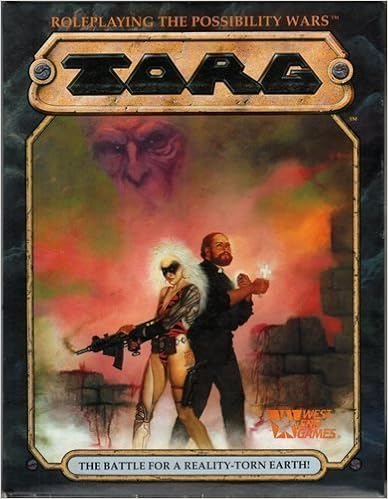 Set in the 'near now', TORG's story revolves around an Earth that has been invaded by reality-altering High Lords, who have changed parts of the planet as a reflection of their own worlds. The players take on the roles of the amazingly named Storm Knights - rebels from Earth and invading dimensions - to stand against the High Lords.
Set in the 'near now', TORG's story revolves around an Earth that has been invaded by reality-altering High Lords, who have changed parts of the planet as a reflection of their own worlds. The players take on the roles of the amazingly named Storm Knights - rebels from Earth and invading dimensions - to stand against the High Lords.
Each High Lord had in their possession an item known as a Darkness Device, intelligent machines created by an entity known as The Nameless One. These devices could rip holes in dimensions, creating portals to other worlds - hence how they could run rampant on Earth. They were also able to duplicate their own 'cosm' into the one they had just invaded, all the while reducing the target cosm's 'possibility energy' - an energy that helps heroes pull off amazing feats. The High Lords also gained the horrendously unfair advantage of being able to remake the physics of their target, making their invading forces much stronger that the defending one.
One of the High Lords, known as the Gaunt Man, stumbled across Earth and found that the planet possessed a crazy amount of possibility energy. While he knew he wanted to invade Earth, he knew that, due to sheer amount of possibility energy, there would be an energy backlash if he were to open a portal and he would never be able to invade. Instead, he joined forces with other High Lords who simultaneously opened portals, spreading the energy backlash through multiple channels rather than just the one. This meant that they were able to storm Earth and alter different locations in accordance with their own cosms. So on Earth, you have dinosaurs attacking the United States, France turns back to the Middle Ages, and Egypt is attacked by futuristic soldiers.
The Gameplay
TORG was a cinematic game, reflected by the mechanics. Characters had eight attributes that exponentially increased as their experience progressed. To perform actions, a d20 was rolled and compared to a difficulty number. If the player rolled a 10 or 20 then they would roll again, simulating the super awesome things that cinematic, larger-than-life heroes can do. The total would also be compared to a table, which would offer a bonus depending on the number rolled. There were also degrees of success that were determined by how far above the target you managed to roll.
Players had possibility points they could spend on adding to a die total, cancelling damage, improve an ability or even warp reality. They would save up possibility points to learn new skills and 'level up' at the end of a game.
In addition, a Drama Deck was used to shake things up during combat. The players would have their own cards and so would the GM. These could be played to add something new to the game, such as sub-plots, ability-enhancement and more possibility points. Using cards in conjunction with points allowed players to pull off amazing feats.
Combat was simple enough, but did carry one strange flaw that will hopefully be rectified in the new edition. Basically, the attacker had a to-hit total, which was compared to the target's defence total. If they hit, their damage value was compared to the target's toughness to see how much damage they did. Seems fine, right?
Well, this is where the so-called 'Glass Ninja Syndrome' comes into play. In TORG, the to-hit and damage rolls were the same rolls. This meant that, while a target with a high dexterity would rarely be hit, when they were they received a whopping amount of damage. Hence, glass ninja.
The Sourcebooks
West End Games released a range of sourcebooks over the years to expand TORG's setting. Some of these sourcebooks became a requirement for players who wanted to do certain things with their characters, like create their own magic spells, learn martial arts or gain some cool cyberpunk gear.
There was noticeable power creep as a result of subsequent sourcebooks, turning players into alien gun-toting cybermancers, which, while cool, did warp the game a tad.
The Future
TORG: Eternity is set to be released in 2016, headed up by Shane Hensley, creator of Savage Worlds and Deadlands. It's difficult to say whether there will be a complete rules overhaul, but it would make sense to streamline the bumpy mechanics and power creep while maintaining the great cinematic feel of the original.
Stay tuned for more information about the game coming out of Gen Con at the end of the month.
Follow me on Twitter @trollishdelver

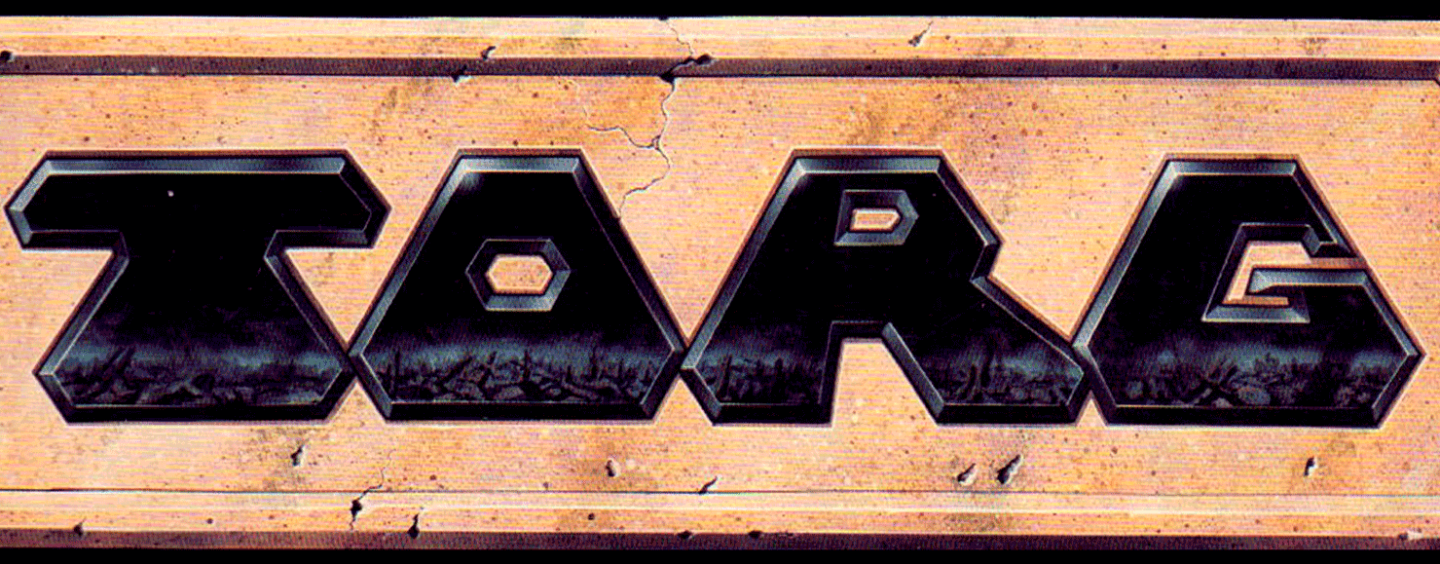

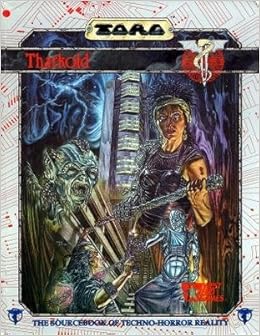
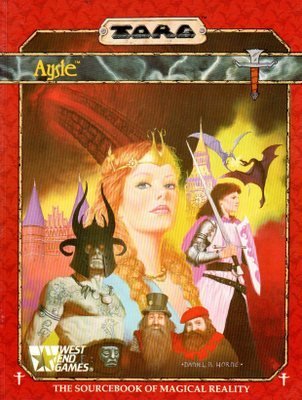
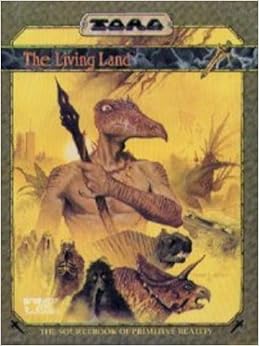
No comments:
Post a Comment